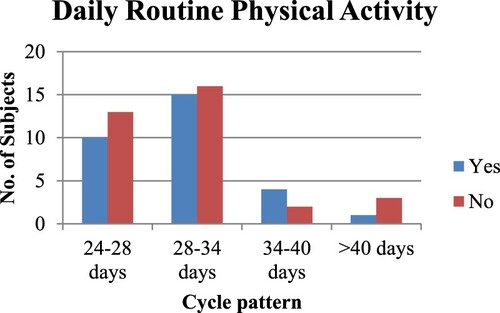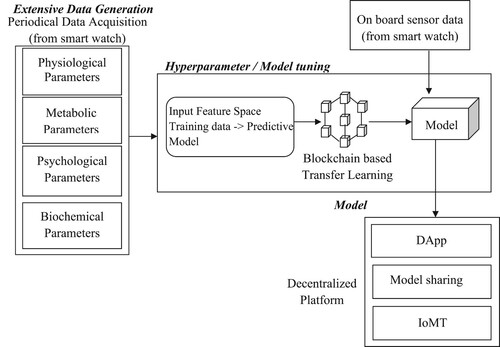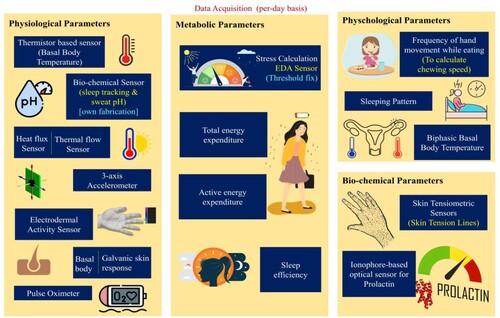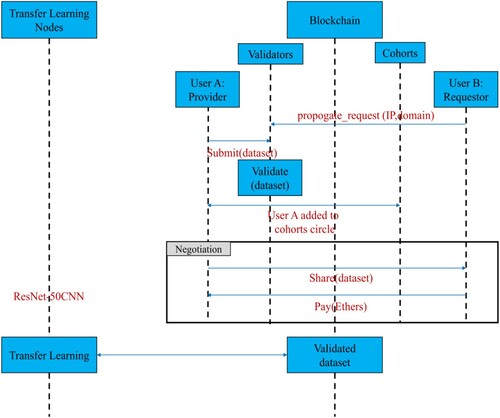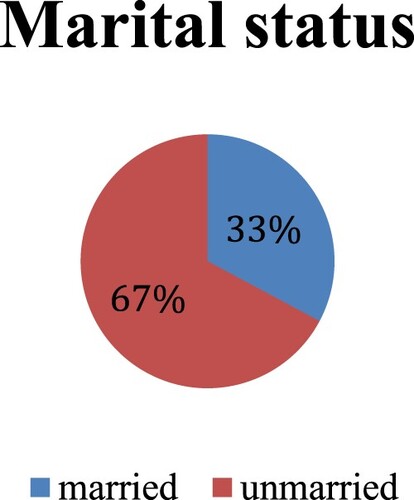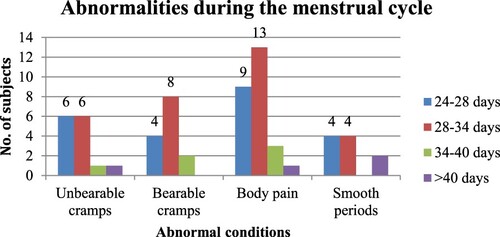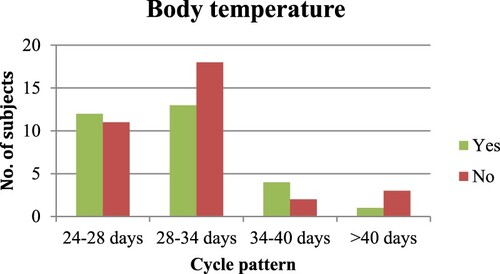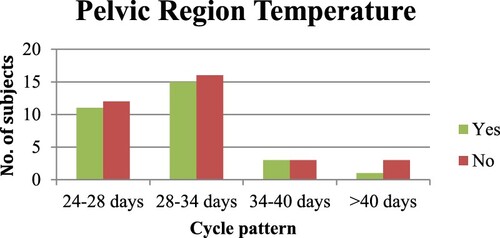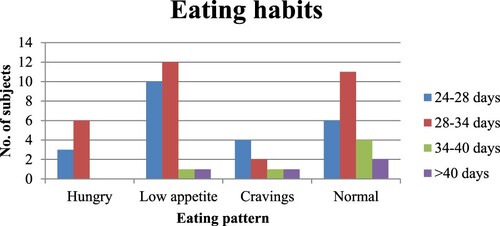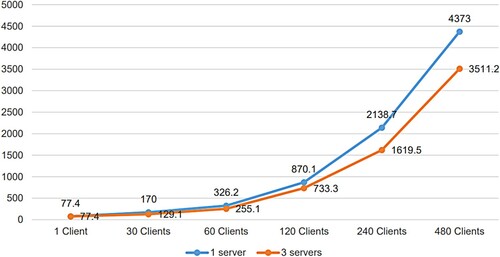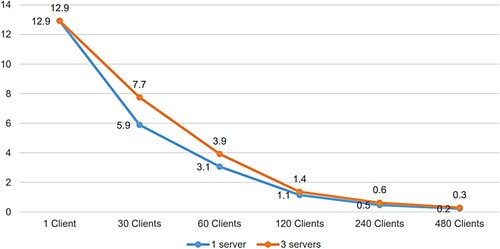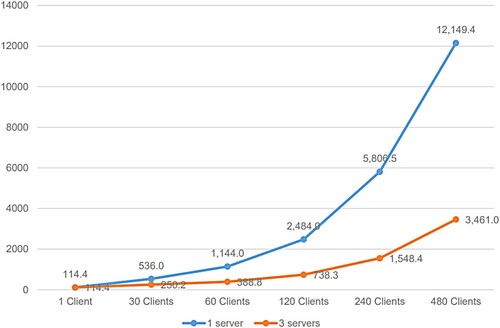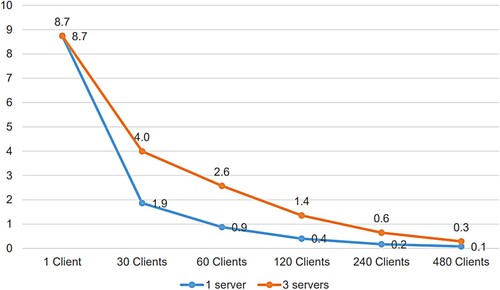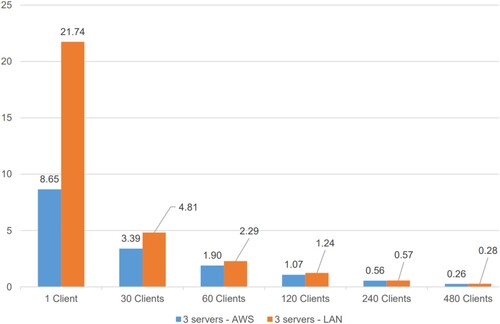Figures & data
Table 1. Prior literature works in the field of mental healthcare.
Table 2. Physiological parameters.
Table 3. Metabolic parameters.
Table 4. Psychological parameters.
Table 5. Biochemical parameters.
Figure 3. Mathematical modelling of correlation between menstrual disorder and mental health (Blockchain based Transfer learning).
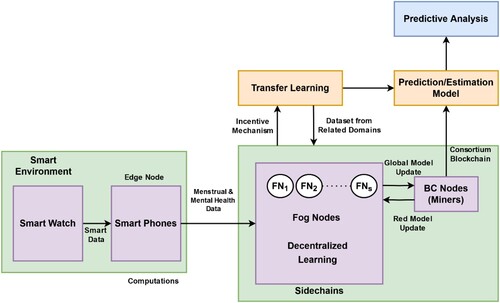
Table 6. Questionnaire to inquire about the psychological state of the girls/women during the menstrual timings.
Figure 9. Sleeping pattern or the difficulties in sleeping for the subjects during the week of menstruation.
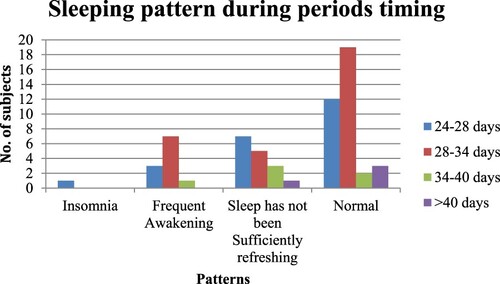
Figure 13. Status of daily routine physical activities of the subjects during the week of the menstruation.
